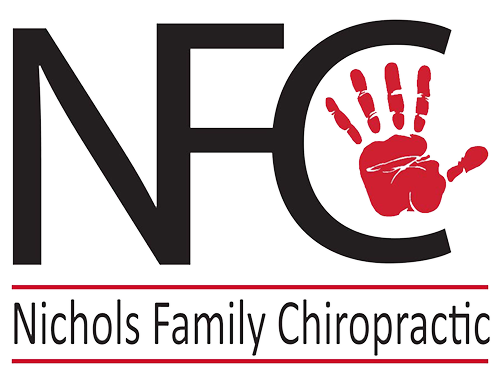I had initially planned on writing today about what to expect for first timers getting adjusted, but my new patient last night was a great example of why it is important to do a good history with clients at their first visit.
The patient came in with a sore neck that had been going on for at least 3 weeks, causing him to struggle sleeping at night and overall making every day difficult. A little back story on this man; he is your stereotypical good ole boy from the South, fairly rough around the edges, and a tough guy. I describe him this way, not to be mean (he is awesome), but because that is what comes through the door sometimes. As we started to discuss his condition, I knew that I was going to have to pry in order to get this man to open up about what was really going on with him. As the layers of the onion started to peel back, it turned out that this man's neck pain was also complete numbness in his left arm to the point of having no feeling in his hand at all (HUGE RED FLAG). There was also swelling above the shoulder blade that looked like the awful masses that you see Dr. Pimple Popper work on. I asked this man if he had been to see anyone else about this condition prior to coming in my office to which he said that his GP had sent him to an orthopedist. The ortho did an MRI of his shoulder followed by a cortisone injection which caused no change. They then wanted to do an MRI of his neck, but the patient had been in my office years ago with great results, so he elected to come here first.
To any chiropractors out there, DO NOT WORK ON SOMEONE WITH THESE SYMPTOMS. Too often do I hear stories of chiropractors who think they can solve every single problem that walks through their doors. Sometimes I think this is because of pride, more often is because of taking a bad history, but most often I think this is because they are trying to pay their bills and have forgotten that the patient's health needs to always come first.
Anyone who knows anything about symptoms associated with cervical disc herniations can tell you that the big indicator is radiating symptoms down the arms. Sometimes this can be as minor as weakness with grip strength, or it can be as obvious as this man who lost all sensation in his entire arm/hand. A disc herniation is when there is a hole in the side of the disc and the material on the inside is leaking out. This is a huge health concern, especially in a chiropractic office. If I had chosen to work on this man, there is a 50% chance that his symptoms improve through regaining mobility in his joints and allowing the disc material to centralize and remove pressure from his nerves. Unfortunately, there is also a 50% chance that through the adjustment more disc material comes out, puts more pressure on his nerves or spinal cord, and results in permanent nerve damage, a more invasive surgery, or in the worst possible case, paralysis. When it comes to percentages in health care, 50/50 is not good.
The decision was made to hold off on working on this man until he has had a cervical MRI. Could I be wrong? Of course. Could it be something completely different that is causing his symptoms? Of course. Could it have been completely safe for me to work on him? Possibly, but without that MRI, I cannot be more than 50% sure, and that is not a risk that anyone should take.
Had I not asked the right questions, it could have opened the door for a very bad result. The symptoms are easy to recognize, you just have to ask the right questions in order to protect the patient, and yourself as the doctor.

